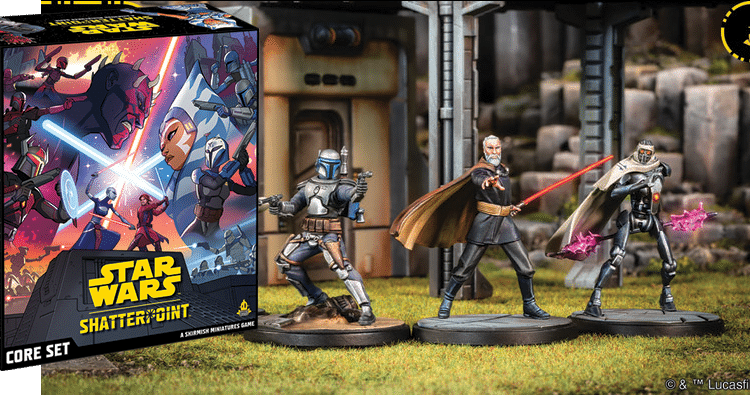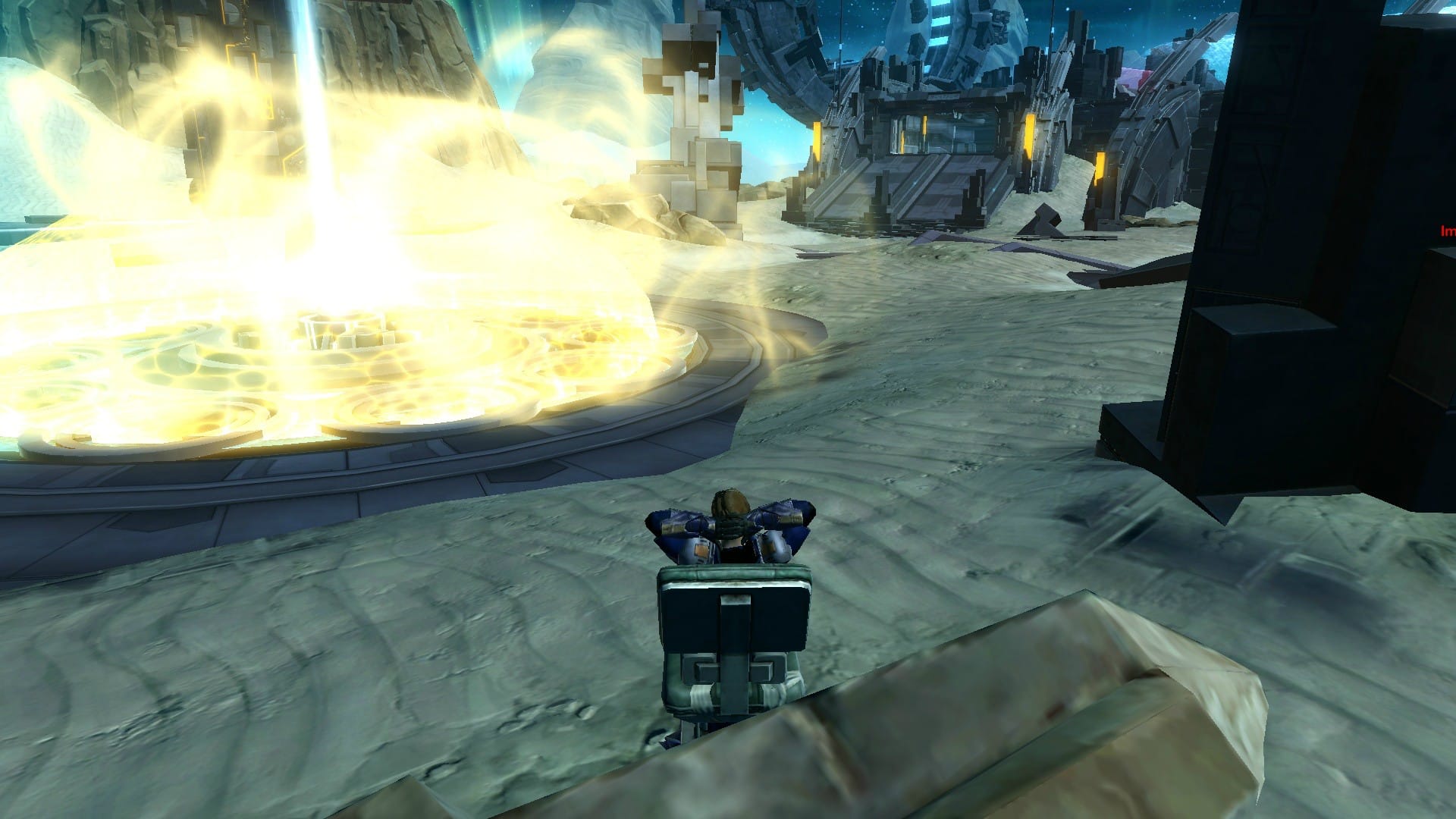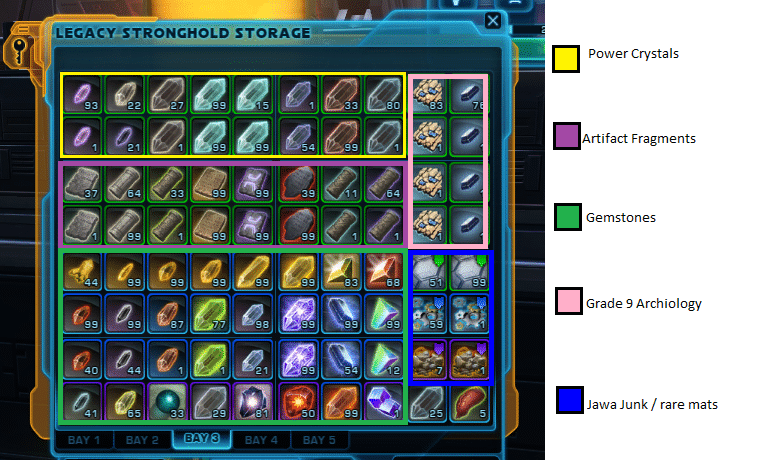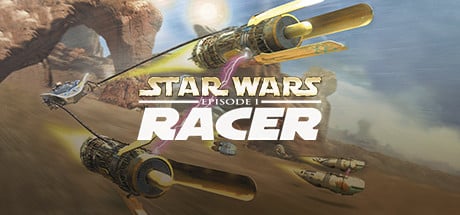It’s a thrilling time to be a Star Wars fan, especially for those of us who love tabletop gaming. The latest offering? “Star Wars: Shatterpoint,” a squad-level skirmish game that immerses players in the Clone Wars era of the Star Wars universe, complete with special powers and Jedi vs. Sith action. But what makes this game stand out in the crowded galaxy of Star Wars tabletop games? Let’s find out!
Unleashing the Force: Gameplay Basics
In “Star Wars: Shatterpoint,” you’re not just moving pieces around a board; you’re leading a squad of iconic characters through high-stakes battles. Each player assembles a team led by a notable figure, backed by support characters like battle droids or clone troopers.
The game uses a unique card initiative system, where each side shuffles cards representing their units. Players then take turns drawing a card and activating the drawn unit to move and attack. Adding an extra twist to the gameplay is the Shatterpoint card, which can be used once per round to activate any unit, even if it has already moved or attacked.
Battle Objectives and Force Points
Objectives are a key part of the game’s scenarios. Points on the map must be held by the players’ units, acting as a sort of timer and scoreboard. Controlling these points pulls a meter towards one side of the table, with wounding pieces and other battle elements potentially shortening the meter to speed up the game.
Force points add another layer of strategy. They let players use more powerful effects and special abilities. This is where the game’s acrobatic Jedi action comes in, such as dashing across the battlefield or jumping atop terrain. As the battle continues, these abilities become more costly, subtly encouraging players not to play too defensively.
A Galactic Chess Match: Combat and Strategy
Combat in “Star Wars: Shatterpoint” is resolved in a familiar way, with attack rolls determining hits and defense rolls absorbing them. However, the game takes a strategic twist after the initial attack, allowing the attacker to choose the consequences of a successful strike. For instance, Asajj Ventress could choose to either heavily damage Anakin Skywalker or inflict various conditions to hinder him in the next turn.
The Combat Trees and Health System
The Combat Trees system gives players tactical choices after landing a hit. Based on these trees, you can decide whether to deal massive damage or trigger useful abilities for your character, such as healing or pushing an opponent away from an objective point.
An interesting aspect of the game is that pieces rarely get completely removed from the table. Units take damage until they’re wounded, take wounds until they’re injured, and take injuries until they’re defeated. Supporting units, such as goon squads, are more likely to be removed as they have multiple figures but share a health pool.
Embracing the Chaos: Movement, Verticality, and the Shatterpoint Card
“Star Wars: Shatterpoint” is dynamic, emphasizing movement and verticality. Once players get into the flow of the game, they’re continually pushing and pulling pieces and scrambling up terrain to claim checkpoints.
The Shatterpoint card introduces an elementof unpredictability that injects the game with nail-biting tension. This wild card forces players to make important decisions about when and where to use it. Often, aggressive play is rewarded as circumstances can change rapidly based on the turn of a card or an unfortunate dice roll. Even if you’re in a good position to win the first round, you may find yourself struggling in the second, making the third round a thrilling showdown that can hinge on a single die roll.
Frequently Asked Questions
1. What is the structure of a game of “Star Wars: Shatterpoint”?
Each game consists of the best of three rounds, known as struggles. A struggle ends when one side pulls the meter over to their winning space by holding objectives or injuring opponents. Each struggle takes roughly an hour, with setup and break down adding another hour.
2. How steep is the learning curve for “Star Wars: Shatterpoint”?
For new players, it may take some time to familiarize themselves with the game’s terminology. Having some cheat cards or aids on hand during the first struggle can be a big help.
3. What kind of assembly is required for “Star Wars: Shatterpoint”?
The game comes with classic miniatures and terrain that require assembly before play. Painting the figures and terrain is recommended for the best aesthetic on the tabletop. Some previous experience in building miniatures may be beneficial.
Conclusion
“Star Wars: Shatterpoint” is a dynamic, high-energy tabletop game that sets itself apart with its unique gameplay mechanics and immersive Star Wars experience. From its squad-level skirmishes and objective-based scenarios to its innovative combat system and emphasis on movement and strategy, it offers a satisfying blend of tactical depth and thematic richness. While there’s a bit of a learning curve, once you get the hang of it, you’ll find yourself engrossed in the intense Jedi action and dramatic narrative twists. If you’re a Star Wars fan looking for a game that brings the thrill of Jedi vs. Sith battles to your tabletop, “Star Wars: Shatterpoint” is a solid choice.






